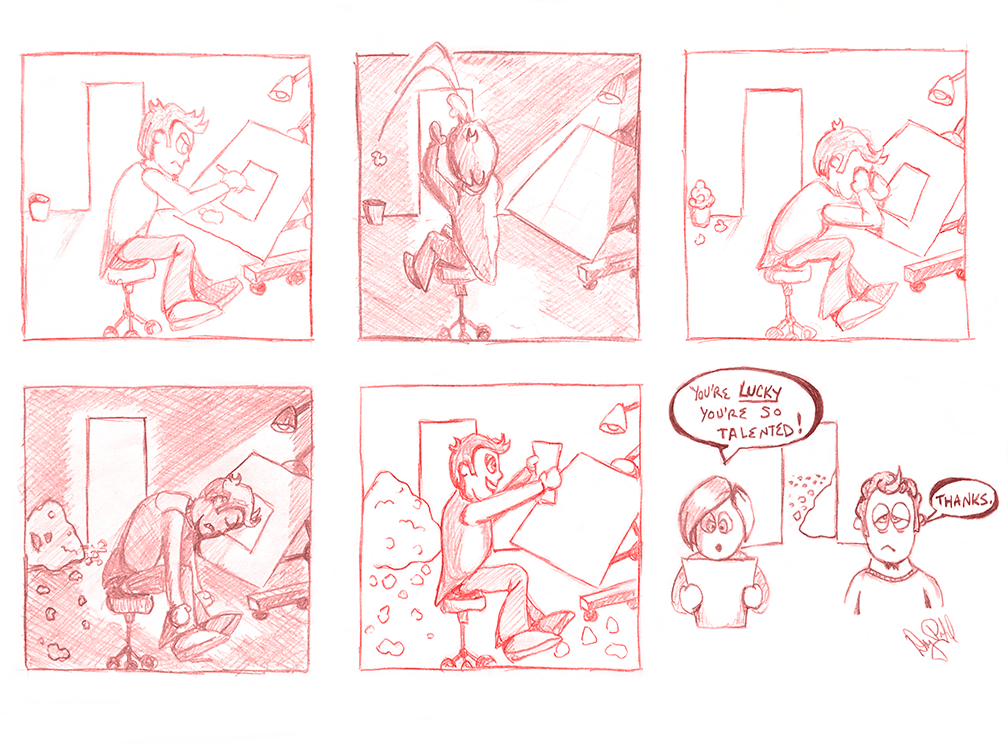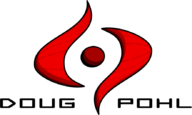
Hi! I’m Doug. I see bigger.
I seek to understand context and the big picture first. Research enables me to engage my superpower – identifying underlying assumptions and innovating by challenging them. When I see the whole story, I am able to offer new connections between established ideas and concepts. I have a broad range of skills in development, design, and creativity that allows me to see problems from many angles and communicate plainly to people in those roles. I have a burning need to create.
I am co-founder and Creative Director of SwordSwipe Studios, an indie game development company. I wear many hats including UX Design, Art, Color, Music Composition, Writing, Programming, Video Editing, PR and Marketing. I work as the Lead UX Designer for a Fortune 500 insurance company, where we specialize in complex system design. I am a leader in everything I do, whether it’s professionally in those capacities, coaching sports, running multiple bands, or wherever life takes me. I don’t shy away from challenges.
My Process
Graphic used with gracious permission from Francois Bouniq-Mercier. I came across this while researching teaching tools for my team and so loved everything about this that I tracked down its creator. I use it every time we bring on new team members and any attempt to re-interpret would just be ripping him off, so instead I’ll just give credit where credit is due.
Great design is no accident. It is largely the product of many cycles of learning, applying, and testing. I am very passionate about the methodology because what I’ve learned over the years is that it works. The best outcomes are the result of following the process closely, and efforts that don’t succeed typically relate directly to a breakdown in the process. Years ago I was taught this methodology by Bruce Tognazzini at Nielsen / Norman who promised success if you follow these steps. He wasn’t wrong.
While I could gush for pages and days, the primary takeaway is there are key phases that build on each other. Each step is necessary in order to produce the next, but at the same time is very fluid. You may get into ideating and only then discover gaps in your knowledge, in which case you flow backward and cycle through once more.
- Discovery. You need to become a subject matter expert, and very quickly. There is no substitute for observing the end user, but you also need to weigh business needs.
- Define the Problem. You’re not designing if you’re not solving a problem. You’re just making stuff up and hoping for the best.
- Ideation. You want to create many divergent ideas. Come at the problem from new angles, in some cases trying weird ideas for weirdness’ sake. It’s surprising how they will influence the final design. Begin making connections with ideas and identifying common threads to synthesize back into a unified direction. There are infinite solutions to any problem, here we are trying to “find our bearing” on the compass.
- Prototyping. Start with low fidelity sketches, whiteboards, whatever makes sense. Get peer feedback, escalate fidelity in order to test.
- Evaluation. There is no better arbiter of design than putting it in the hands of users. Value behavior over opinions, and learn to interpret properly. The testing informs the next cycle. No one gets it right the first time through, quality is achieved through cycles of addressing the most severe and frequent problems.


